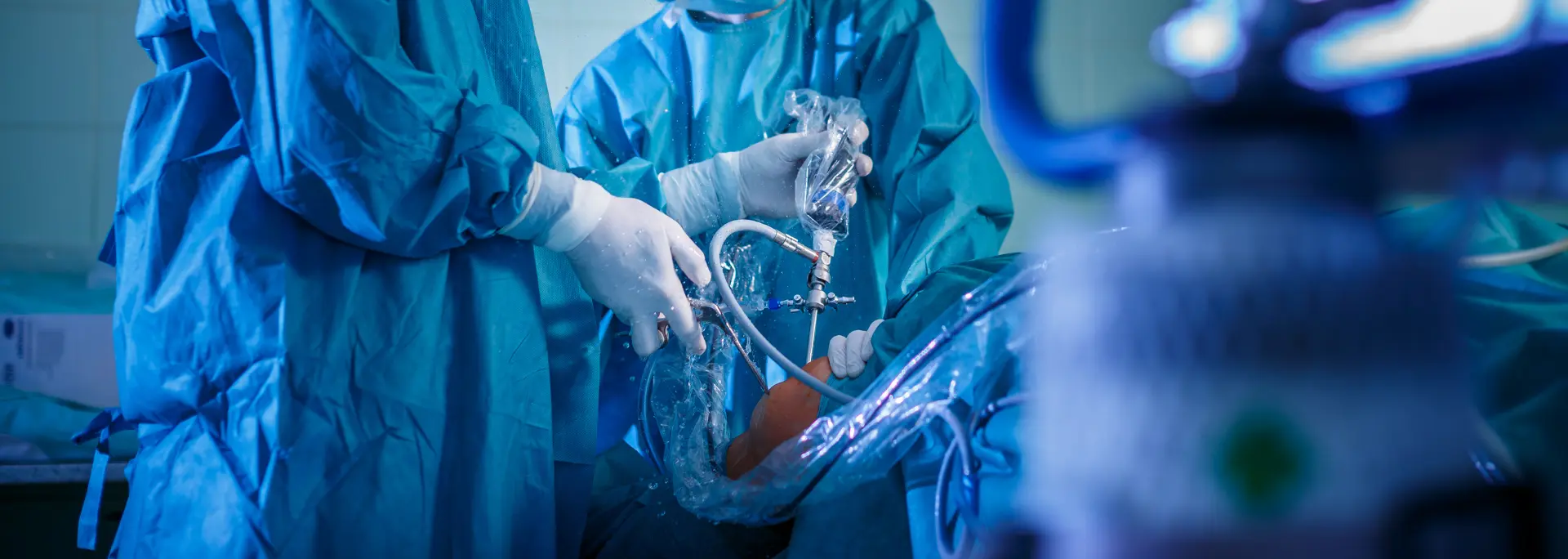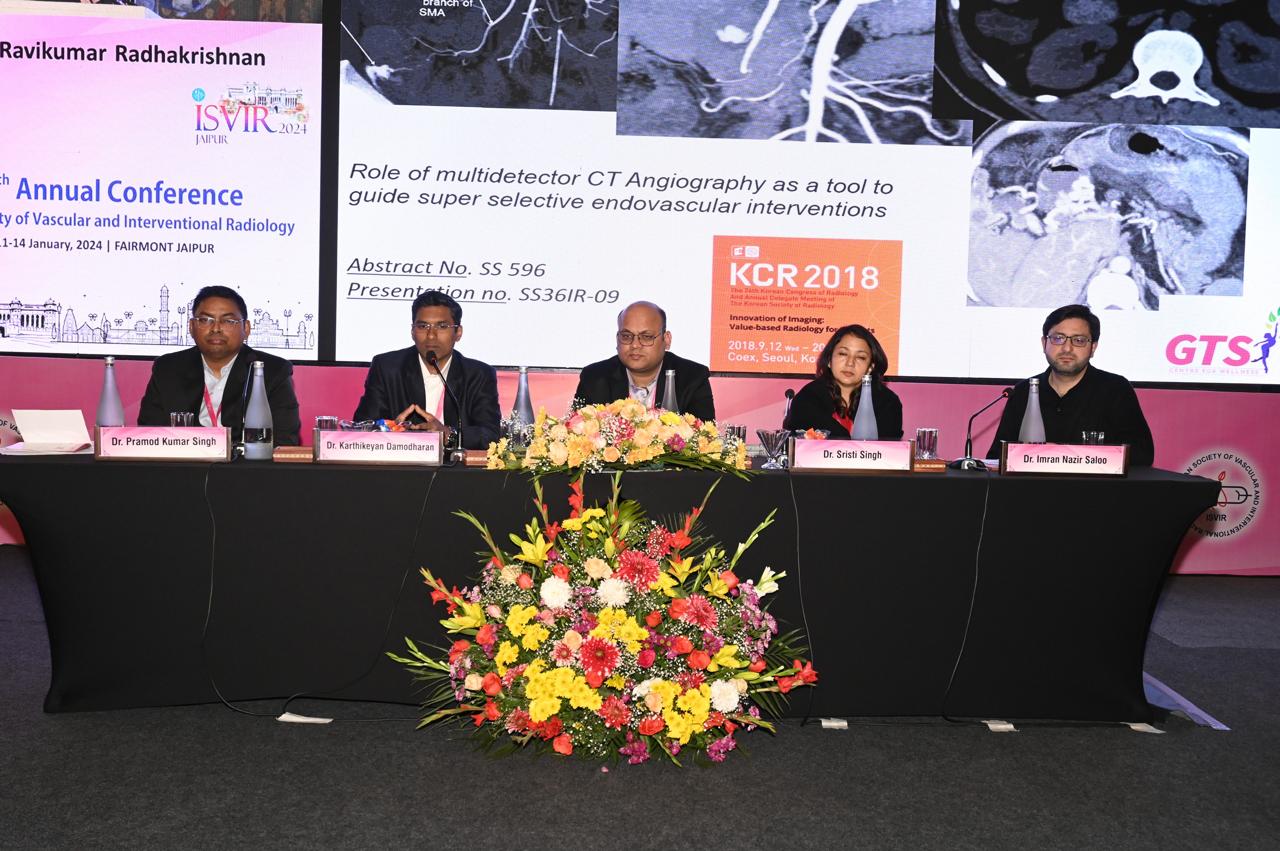Vascular Treatments
Vascular treatments aim to restore normal blood flow, stop bleeding, or manage abnormal vessel conditions with less risk and recovery time compared to open surgery. These procedures are performed by threading catheters (thin, flexible tubes) through small incisions, typically in the groin, wrist, or neck, and navigating them to the target vessel under real-time imaging. Below, I’ll break down each major vascular treatment listed earlier with details on their purpose, process, and applications.
Here are all the Vascular Treatments available in Peripheral & Neuro-Interventional Radiology:
1. Angioplasty and Stenting:
Purpose: To treat narrowed or blocked arteries and restore normal blood flow.
Process: A balloon-tipped catheter is inserted into the blood vessel and inflated to widen the artery. A stent may be placed to keep the artery open.
Applications:
- Peripheral Arterial Disease (PAD)
- Carotid Artery Disease
- Coronary Artery Disease
- Renal Artery Stenosis
2. Atherectomy:
Purpose: To remove plaque buildup from blood vessels.
Process: A catheter with a cutting device or laser is used to remove plaque from the artery walls.
Applications:
- Peripheral Artery Disease (PAD)
- Treatment of heavily calcified arteries
3. Embolization:
Purpose: To block abnormal blood vessels, control bleeding, or shrink tumors.
Process: Tiny particles, coils, or glue are delivered through a catheter to block the targeted blood vessel.
Applications:
- Uterine Fibroid Embolization (UFE)
- Prostate Artery Embolization (PAE)
- Gastrointestinal Bleeding
- Arteriovenous Malformations (AVMs)
4. Thrombolysis:
Purpose: To dissolve blood clots and restore normal blood flow.
Process: A catheter delivers clot-dissolving medication directly to the site of the clot.
Applications:
- Deep Vein Thrombosis (DVT)
- Pulmonary Embolism (PE)
- Acute Ischemic Stroke
5. Varicose Vein Treatment:
Purpose: To reduce the appearance of varicose veins and alleviate associated symptoms.
Process:
- Endovenous Laser Therapy (EVLT): Laser energy closes off varicose veins.
- Sclerotherapy: A solution is injected to collapse the vein.
Applications: - Chronic Venous Insufficiency
- Pain and Swelling in Legs
6. Peripheral Arterial Disease (PAD) Management:
Purpose: To improve blood flow to the extremities and prevent complications.
Process: May involve angioplasty, stenting, or atherectomy.
Applications:
- Treatment of leg pain and cramping
- Prevention of critical limb ischemia
7. Dialysis Access Management:
Purpose: To maintain and restore the function of dialysis access points.
Process: Includes fistuloplasty and declotting of arteriovenous (AV) fistulas or grafts.
Applications:
- Ensuring effective dialysis treatment for kidney failure patients
8. Prostate Artery Embolization (PAE):
Purpose: To treat benign prostatic hyperplasia (BPH).
Process: Tiny particles are injected into the blood vessels supplying the prostate, reducing blood flow and shrinking the gland.
Applications:
- Alleviating symptoms of enlarged prostate
9. Uterine Fibroid Embolization (UFE):
Purpose: To treat uterine fibroids non-surgically.
Process: Embolic agents block blood supply to fibroids, causing them to shrink.
Applications:
- Managing heavy menstrual bleeding and pelvic pain
10. Endovenous Laser Therapy (EVLT):
Purpose: Minimally invasive treatment for varicose veins.
Process: Laser energy is applied inside the vein, causing it to collapse and seal shut.
Applications:
- Varicose veins
- Venous insufficiency
11. Management of Deep Vein Thrombosis (DVT):
Purpose: To prevent complications such as pulmonary embolism.
Process: May involve thrombolysis, thrombectomy, or placement of an inferior vena cava (IVC) filter.
Applications:
- Treating blood clots in the legs
12. Carotid Artery Stenting:
Purpose: To reduce the risk of stroke by opening narrowed carotid arteries.
Process: A stent is placed to keep the artery open and ensure proper blood flow to the brain.
Applications:
- Patients at high risk for open surgery
13. Renal Artery Stenting:
Purpose: To treat renal artery stenosis and improve kidney function.
Process: A stent is placed to widen the narrowed artery supplying the kidneys.
Applications:
- Hypertension management
- Chronic kidney disease
14. Thrombectomy:
Purpose: To physically remove a blood clot from an artery or vein.
Process: A catheter with a clot retrieval device is used to extract the clot.
Applications:
- Acute ischemic stroke
- Peripheral arterial occlusions
15. IVC Filter Placement and Removal:
Purpose: To prevent blood clots from traveling to the lungs.
Process: An IVC filter is placed in the inferior vena cava to trap clots.
Applications:
- Patients with contraindications to blood thinners
16. Transjugular Intrahepatic Portosystemic Shunt (TIPS):
Purpose: To treat complications of liver cirrhosis such as portal hypertension.
Process: A shunt is created to connect the portal and hepatic veins, reducing pressure.
Applications:
- Managing variceal bleeding and ascites






